What substrates are suitable for hammer drive anchor
2025-08-05Hammer Drive Anchors are widely used in the construction and industrial sectors due to their simple structure, quick installation, and low cost. Understanding their suitable substrates is crucial for selecting the right anchoring product and ensuring project quality.
Solid Concrete
Solid concrete is one of the most ideal substrates for Hammer Drive Anchors. Concrete is hard and dense, providing excellent anchoring when hammered. Hammer Drive Anchors use a nail body hammered into a hole, with the expansion of a plastic or metal sleeve securing the anchor securely.
The smooth concrete surface with no visible voids ensures the anchor's load-bearing capacity and stability. Used in building structures such as walls, floors, beams, and columns, Hammer Drive Anchors meet the anchoring needs of medium- and light-duty equipment, pipe supports, and decorative components.
Solid Masonry
Solid masonry includes red brick, gray brick, and natural stone. Hammer Drive Anchors perform well in this material. Solid masonry has a high density and strong load-bearing capacity, making it suitable for hammer-driven anchor installation. During the hammering process, the anchor sleeve expands, generating friction that firmly bonds with the substrate, ensuring a stable anchor. This method is suitable for applications such as wall hangings, lightweight equipment installation, and lighting fixture fixation.
The surface flatness of solid masonry can affect anchoring effectiveness. During construction, ensure that the drilling depth and hammering force meet the required standards to prevent the anchor from loosening.
Lightweight Concrete
Lightweight concrete is widely used in modern construction due to its light weight and excellent thermal insulation properties. However, caution is advised when using Hammer Drive Anchors with lightweight concrete. Due to its low density and loose boreholes, hammering the anchor can easily result in insufficient anchoring force.
Specially designed Hammer Drive Anchor models or use with extended sleeves can increase anchoring depth and contact area, improving anchoring performance. This method is primarily used for securing lightweight walls or non-load-bearing structures.
Gypsum Board and Hollow Walls
Gypsum board and hollow walls are fragile and contain many voids, so Hammer Drive Anchors are generally not recommended for these substrates. Hammering anchors cannot effectively expand and secure the anchor, which can easily lead to loosening or cracking of the substrate.
For gypsum board, it is recommended to use dedicated expansion hooks or screws in conjunction with plastic expansion tubes to ensure a secure fixation. If hammer anchors must be used in hollow walls, they should be reinforced first, such as by filling with epoxy resin or using a steel sleeve to increase the substrate's bearing capacity.
Natural Stone
Natural stone materials such as granite and marble are relatively hard and dense, making them suitable for Hammer Drive Anchor installation. During hammering, the anchor sleeve expands securely, ensuring a stable anchoring effect.
Due to the high surface hardness of stone, drilling requires the use of appropriate drill bits and techniques to avoid cracking the substrate. Hammer Drive Anchors are primarily used for stone curtain walls, decorative paneling, and signage installation.
Steel and Metal Substrates
Hammer Drive Anchors are not suitable for direct anchoring of steel and other metal substrates. Hammer anchors rely on the expansion friction of the substrate hole wall, which is not suitable for metal surfaces. Steel structures are typically anchored using welding, bolting, or specialized threaded fasteners. Hammer Drive Anchors on metal substrates serve only as supplementary fixing aids and do not provide primary load-bearing capacity.
Wood Substrates
Wood structures are soft and easily deformed, making Hammer Drive Anchors less suitable. Hammer-driven expansion anchors are designed based on the expansion of the rigid substrate, and the wood hole wall cannot generate effective expansion anchoring force.
Wood fixings are typically made with wood screws, expansion screws, or specialized nails. Hammer Drive Anchors can be used in the mixed substrate portion of wood composite structures, but this requires specific project evaluation.




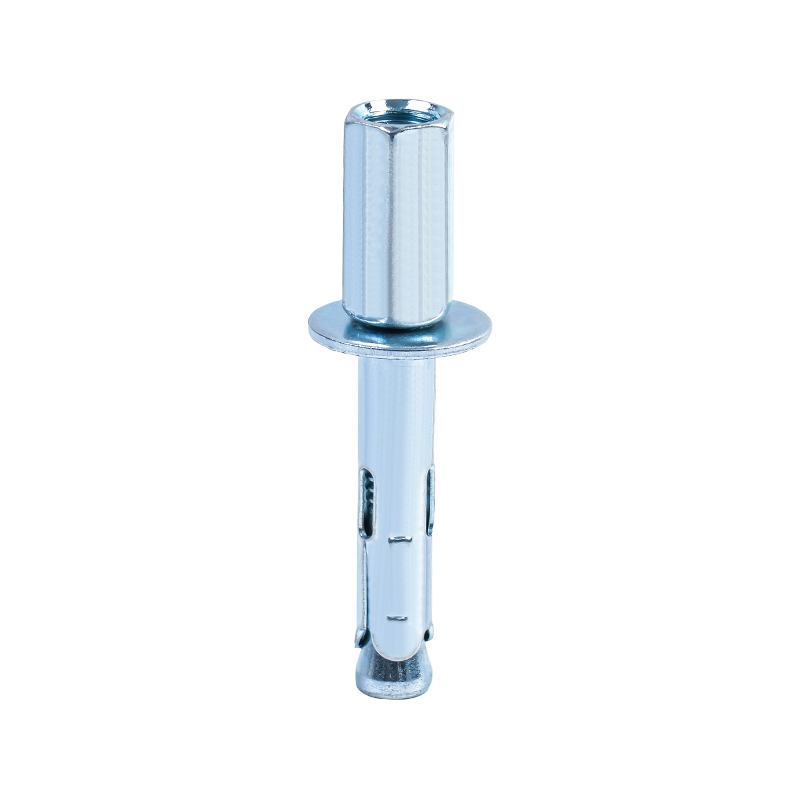
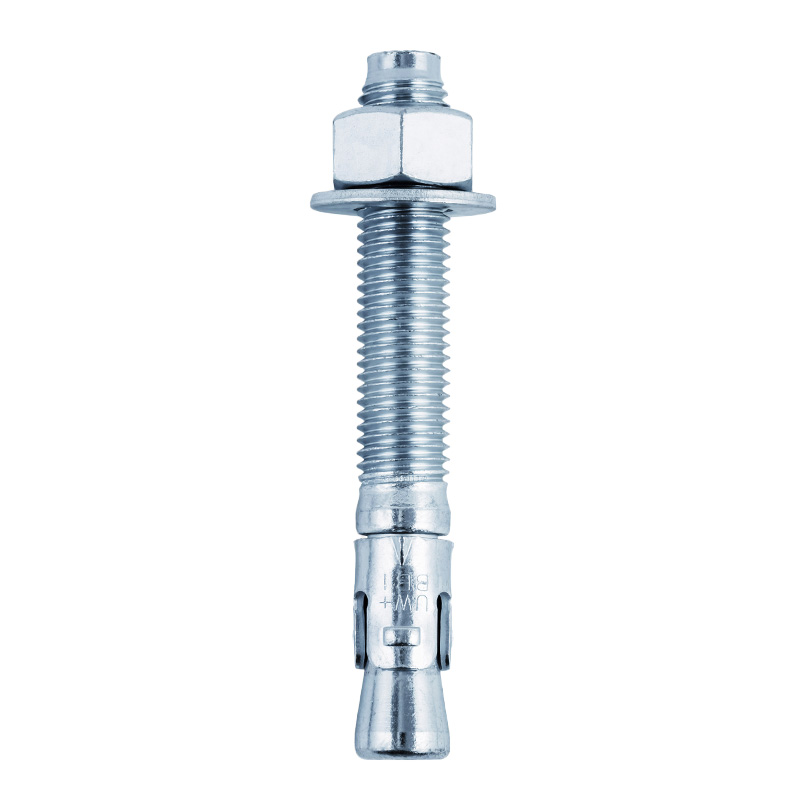
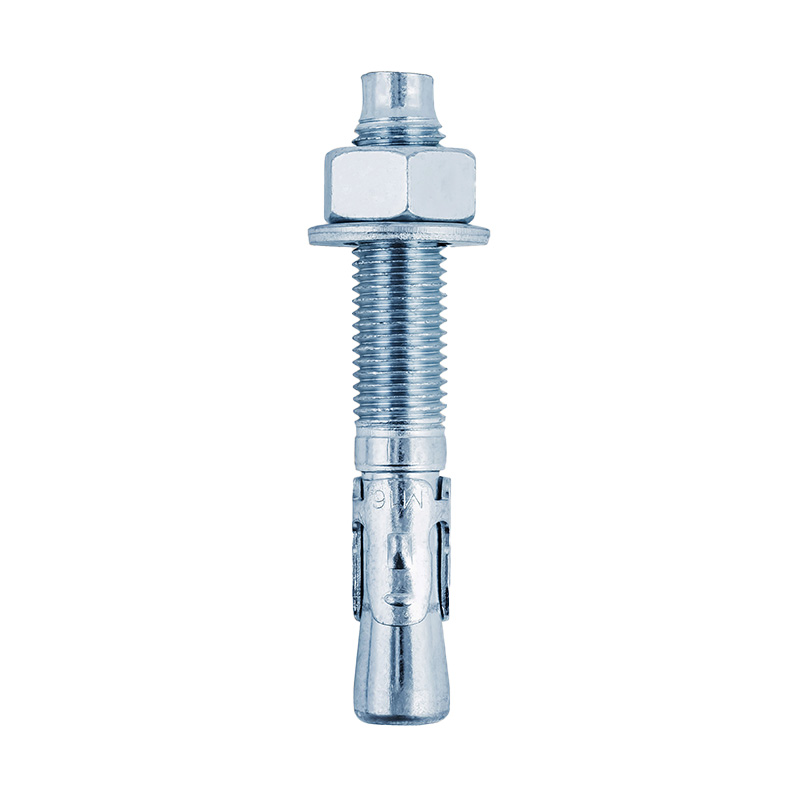
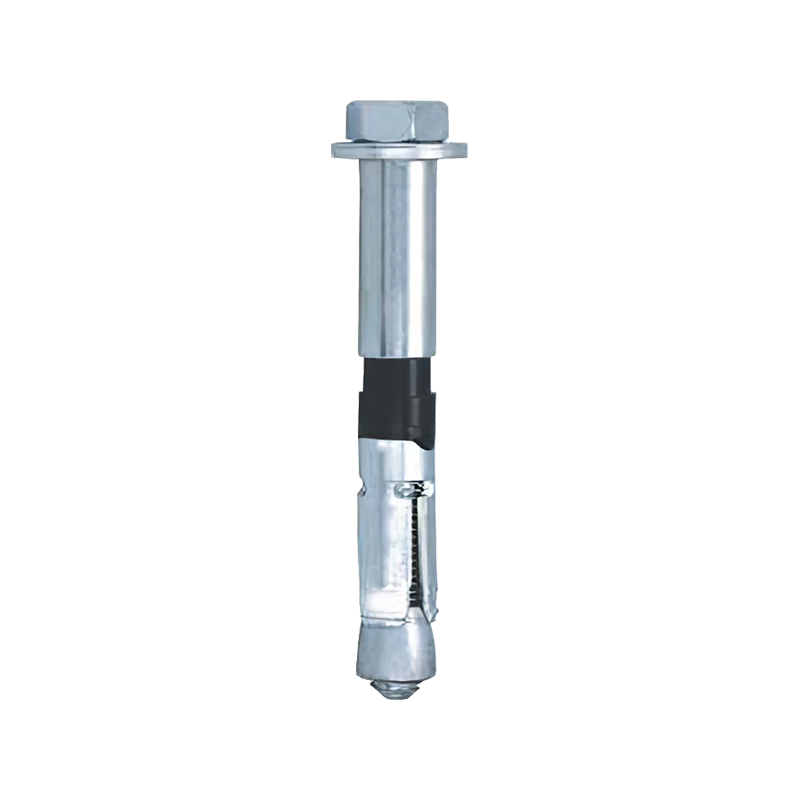
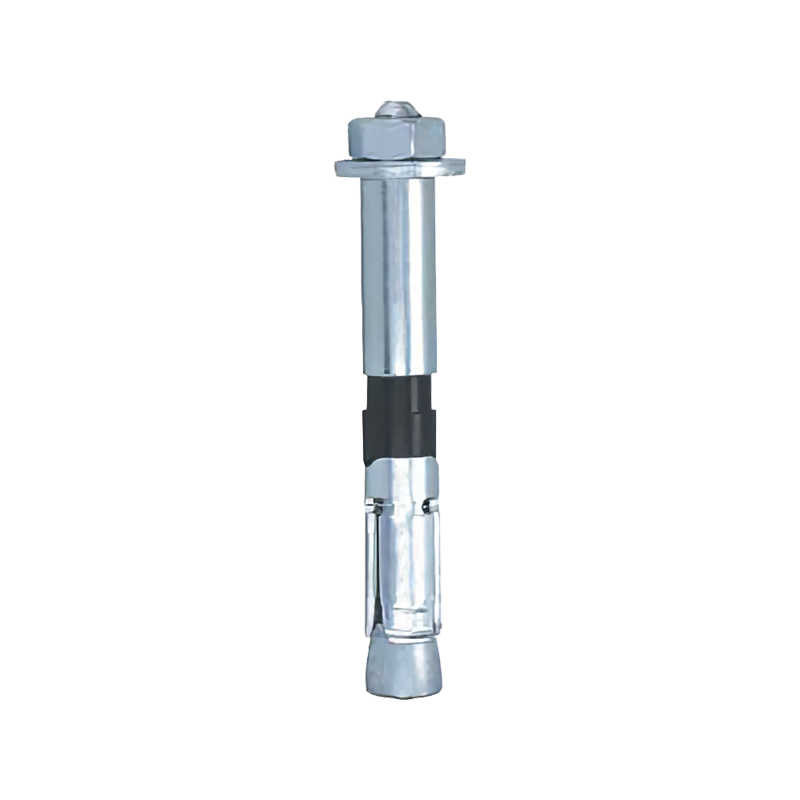
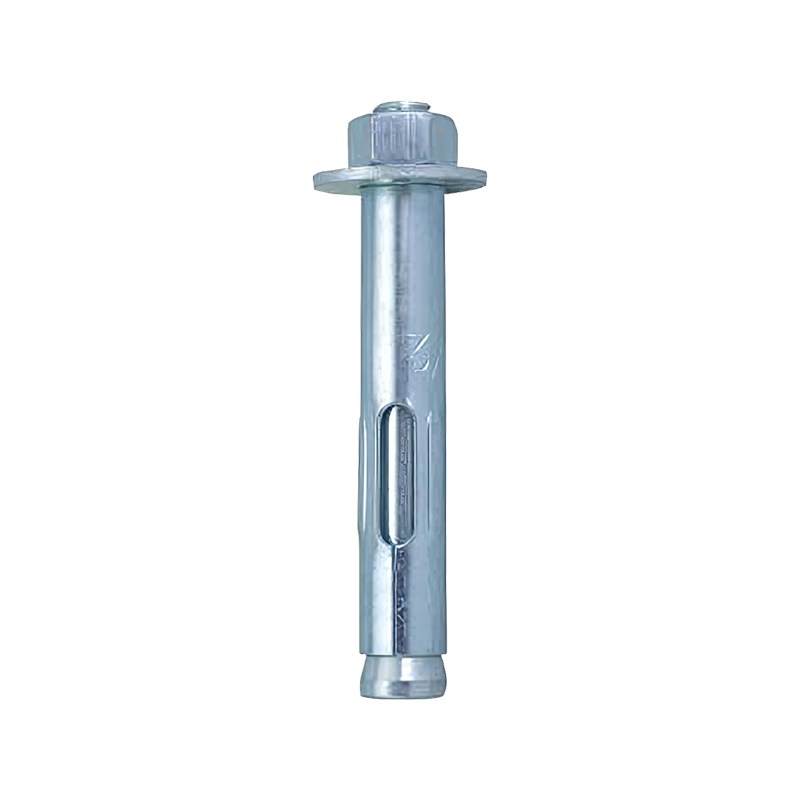


Contact Us